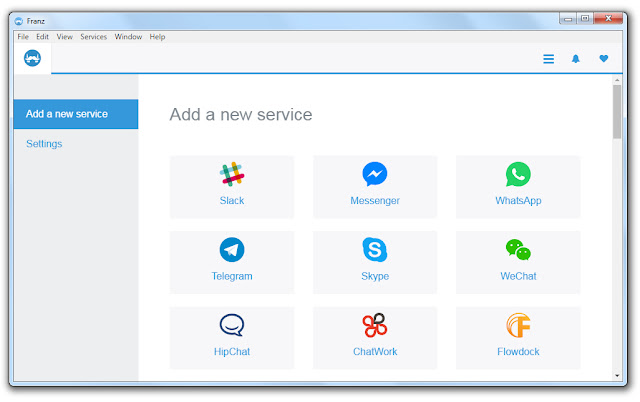Article in Review: The Secret To Viral Success
In the article The Secret to Viral Success, Marguerite McNeal explores what causes viewers of online videos to share clips on social networks. The short answer: Emotional Connection. Content or videos that move individuals lead them with the desire to be the source of this idea for others. This is equated with the desire to share stories; One hopes to create emotional familiarity and community based on shared experience.
Research into what emotions are likely to lead to video sharing. Given 16 possible responses based on a specific emotional response, whether it was positive or negative, and whether it was a strong or weak emotion. They found that regardless of the video evoking positive or negative emotion that if the video was able to provoke a high arousal, it was more likely to be shared. That being said, positive videos produced more shares than negative ones. Of further interest is that the videos that were positive and evoked a strong emotional response were more memorable than other videos, making those types of videos more appealing to advertisers.
Despite sharing rates of videos being relatively low, .5% of views being shared on average, and successful campaigns garnering little more than a 1% share rate, it is still a very significant indicator of success for a campaign. When a video is shared it demonstrates support and advocacy by a consumer which is worth plenty more than a simple view. Further those who follow a shared video from one of their networks are 15% more likely to enjoy it than having found a video on their own. In addition, those who enjoy videos more have loads of correlating statistics associating them with increased brand recall and association, however there was no increase in brand purchase intent or brand recommendation. Also of note is that brand appearance in a video is not correlated with decreased share rates. As long as the emotional response to the video is high, brand presence tends to be irrelevant. Interestingly, longer videos, as compared to the 30 second TV clips we're so used to, of up to three minutes have larger potential to evoke a stronger emotional response.
It appears that the key to viral-ity is emotional arousal. The emotions can be varied from humor to motivation and awe. The stronger the response, positive or negative towards the video, the more likely it will be shared. And those elusive shares are the goal, for shares not only demonstrate support for the brand and product, but further give the video access into smaller communities with individuals more likely to enjoy the video and recall the brand.
Research into what emotions are likely to lead to video sharing. Given 16 possible responses based on a specific emotional response, whether it was positive or negative, and whether it was a strong or weak emotion. They found that regardless of the video evoking positive or negative emotion that if the video was able to provoke a high arousal, it was more likely to be shared. That being said, positive videos produced more shares than negative ones. Of further interest is that the videos that were positive and evoked a strong emotional response were more memorable than other videos, making those types of videos more appealing to advertisers.
Despite sharing rates of videos being relatively low, .5% of views being shared on average, and successful campaigns garnering little more than a 1% share rate, it is still a very significant indicator of success for a campaign. When a video is shared it demonstrates support and advocacy by a consumer which is worth plenty more than a simple view. Further those who follow a shared video from one of their networks are 15% more likely to enjoy it than having found a video on their own. In addition, those who enjoy videos more have loads of correlating statistics associating them with increased brand recall and association, however there was no increase in brand purchase intent or brand recommendation. Also of note is that brand appearance in a video is not correlated with decreased share rates. As long as the emotional response to the video is high, brand presence tends to be irrelevant. Interestingly, longer videos, as compared to the 30 second TV clips we're so used to, of up to three minutes have larger potential to evoke a stronger emotional response.
It appears that the key to viral-ity is emotional arousal. The emotions can be varied from humor to motivation and awe. The stronger the response, positive or negative towards the video, the more likely it will be shared. And those elusive shares are the goal, for shares not only demonstrate support for the brand and product, but further give the video access into smaller communities with individuals more likely to enjoy the video and recall the brand.


Comments
Post a Comment